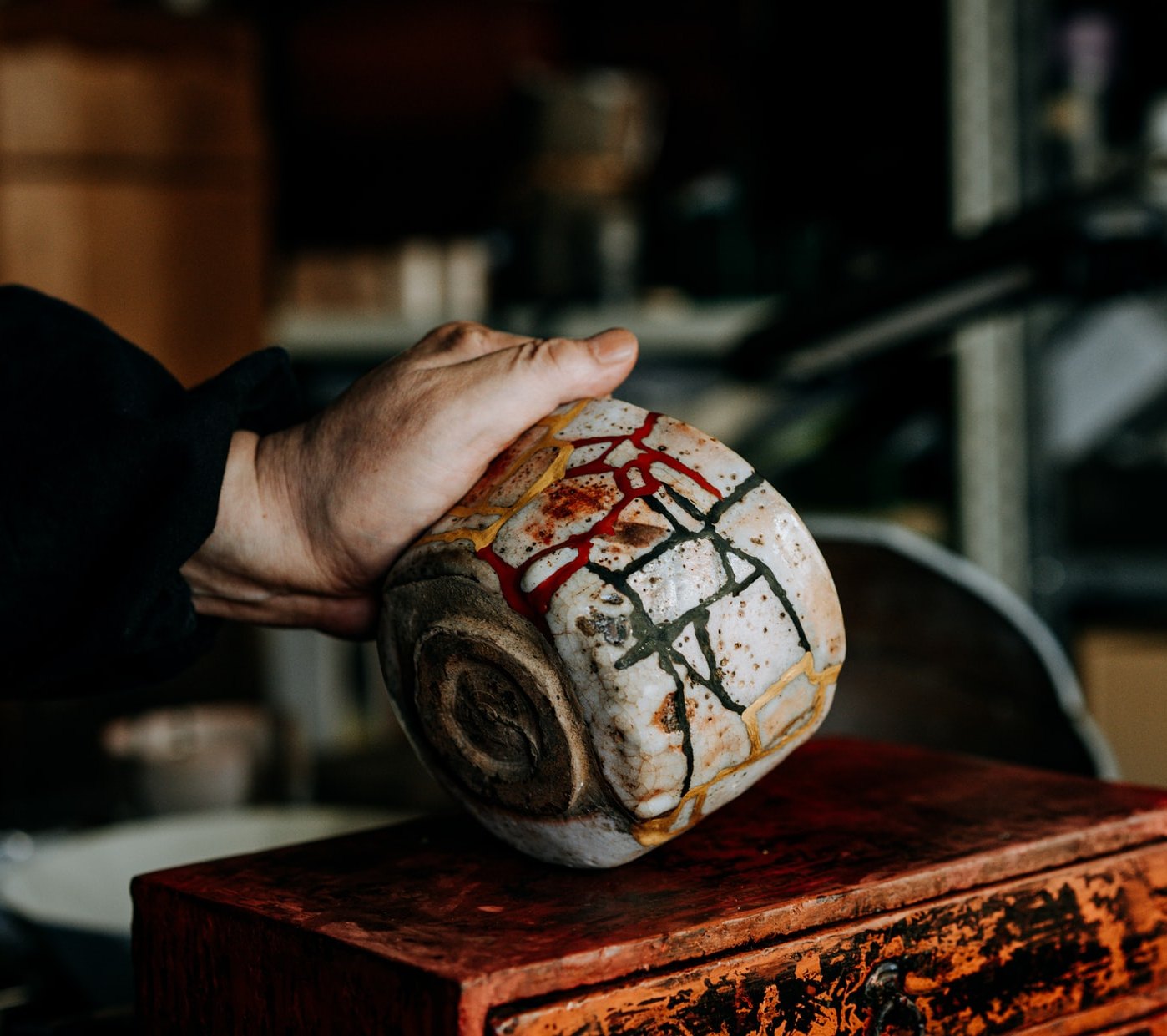Sooner or later, every art collector stumbles across the problem of degradation of artworks. Art falls apart, and there are enough reasons why it happens. In the best-case scenario, such damage is preventable, but people usually don’t really care about it. When a painting gets damaged and you start clutching your head, the first thing you need to do is pull yourself up. As a rule, most situations are not dangerous, and art can be successfully restored. Before you start overcoming your shortcomings, you might want to explore the exciting science behind art restoration.
The hard science behind art restoration
To start with, you shouldn’t confuse art restoration and art preservation. They are not the same thing.
Getting back to basics, there are mainly two types of damages: structural and aesthetic. Between these two, aesthetic damage is a mild issue. Discoloration and other paint defects often occur due to the natural degradation process. Sometimes, though, people fail to provide a healthy environment for their art. As for structural damage, it is a result of human intervention. Extremely high humidity level, exposure to direct sunlight, and poor handling practices can lead to harm on a structural level.
The difference between the two is fundamental as it impacts the complexity and cost of art restoration. Speaking of the price, hiring professional restorers has never been cheap. There are basically two reasons for that. First, it is quite a rare job, so finding a team of experts might be difficult. Second, specialists use high-end equipment that may cost tens of thousands of dollars. Furthermore, all the analyses take a considerable amount of time, to say nothing of the actual restoration process.
In the end, results might surprised you. Even though restorers do everything possible to recreate the original condition of artworks, they may add something new to them. 100% match is hardly possible since some changes cannot be reversed.

